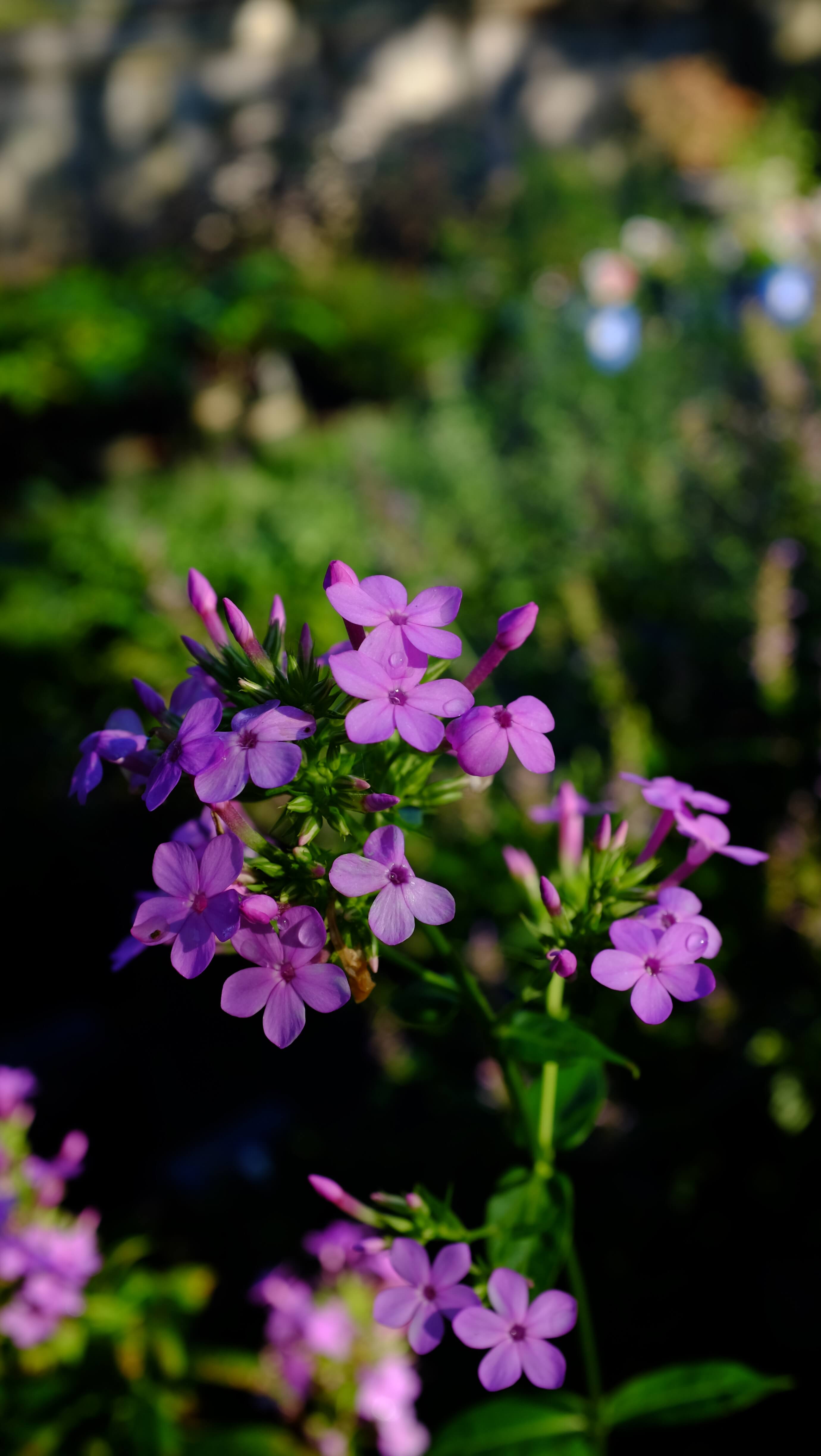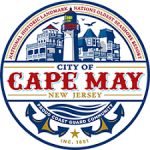Heirloom gardening is a way to connect with our past, whether you’re recreating a historic garden or your grandmother’s garden. Many of the plants we use in American gardens and cultivate in our nurseries today are plants that have been used for over a century. New varieties of the tried and true enter the market year after year, but many heirloom varieties still find a home in our gardens because of their desirable attributes and durability. While this article will not cover particular design trends (that’s an entirely different article), some plant combinations will be recommended based on historical citations, journals, catalogs and other similarly trusted sources.
The plants listed are hardy perennials and sourced as being present in the Mid-Atlantic between 1800 and 1899. One of the earliest American perennials cultivated in 1735 is yucca or Adam’s Needle (Yucca filamentosa) and cited in Mid-Atlantic in 1804. This perennial was used for its bold habit and vertical interest, described as being a common but noble plant, giving great interest throughout the winter months among the snow. In 1876, a magazine had reported a striking combination of yucca with low, red flowering cannas, and a white variegated grass on a sunny slope.
Phlox (Phlox paniculata) was among one of the most popular perennials in American gardens for its ease of culture, propagation, long bloom time and various flower choices. It was considered a “necessary garden flower,” with garden designers eagerly using the various colors, but also challenged with the copious color combinations. Gardeners in the 20th century recommended combining sea holly, salvia and globe thistle. Another gardener suggests tall white phlox as a background for lavender butterfly bush. Phlox was first cited in Mid-Atlantic gardens between 1800 and 1824.
Two other native perennials also used were Gayfeather, (Liatris spicata) and Cardinal Flower (Lobelia cardinalis). Both were enjoyed in the wildflower border as well as the cutting garden. Gayfeather was described as having a strange flower, and best used in a mass. Cardinal flower, while being native to marshes, handled dry sites particularly well and earned a spot as being one of the showiest natives in the early 1900s.
Plant use and commercial propagation followed the early settlements in America; but the Mid-Atlantic was considered one of the most active regions for nurseries and seed houses, especially in New York and Philadelphia with people such as John and William Bartram. One of the first nurseries to offer ornamental plants was in Long Island in the 18th century. In continuing to plant these hardy perennials and offer them at garden centers, we are preserving American gardens while also creating new ones. Find many of these perennials and more at Cape Shore Gardens, located at 1028 Rt. 9 S., Cape May Court House. For more information, call (609) 465-5161.
Written by Lauren Popper, horticulturist at Cape Shore Gardens and graduate of Temple University’s School of Environmental Design.
Sea Isle City – Please tell me about Trump's presidency that I missed. I recall that the threat from N. Korea stopped. I recall that covid came (from the Chinese) and Trump fast tracked a vaccine. I recall…








